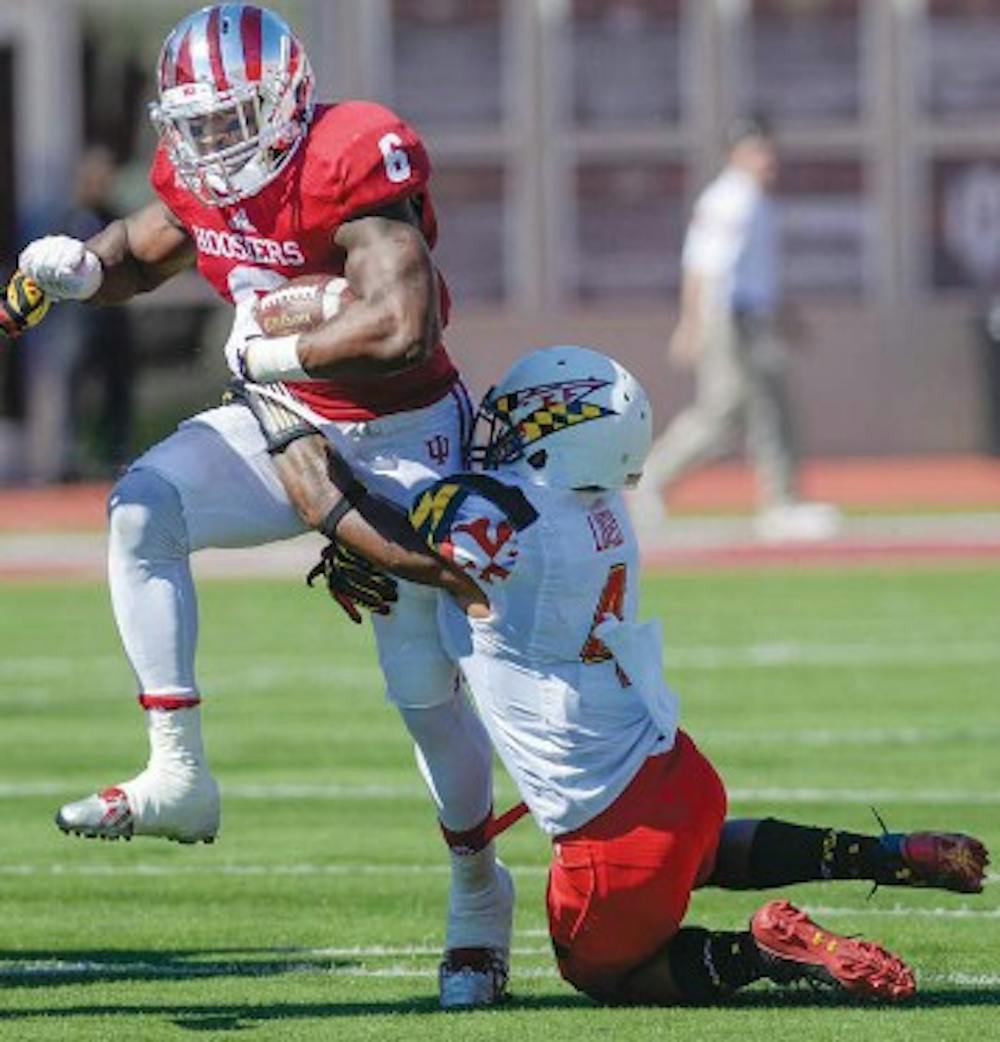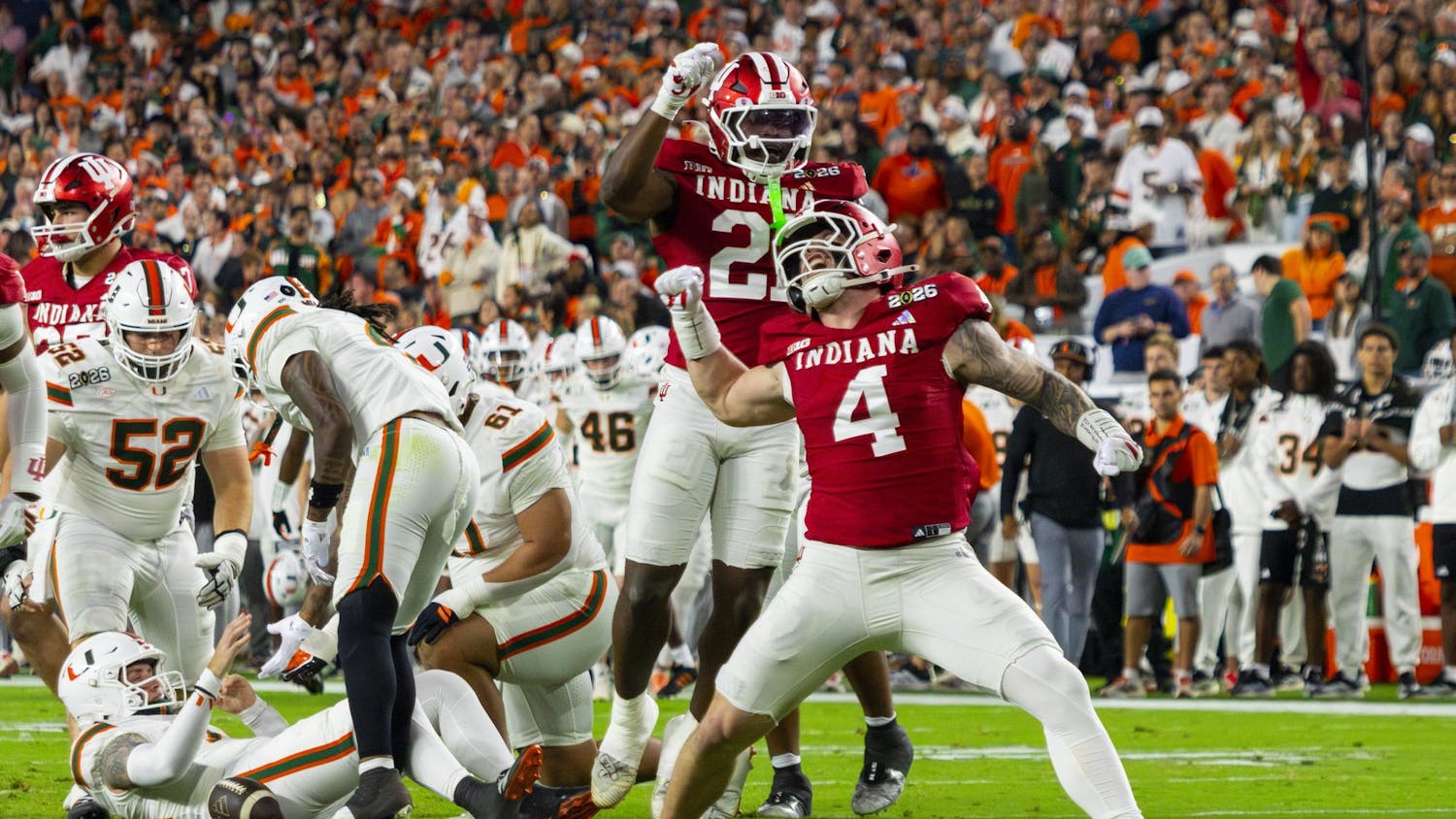Two schools — the University of Maryland and Rutgers University — entered the fray of the Big Ten, bringing the conference to a total of 14 universities.
“I do believe that together that we’re a conference that now lives in two areas of the country,” Big Ten Commissioner Jim Delany said at the University of Maryland’s introductory press conference Nov. 19, 2012. “One Midwestern, one mid-Atlantic and that we together have an opportunity to have an impact.”
IU Athletic Director Fred Glass said some traditionalists wished the Big Ten would’ve remained a 10-team conference. However, in reality, if you’re going to be successful, you have to evolve, he said.
As the conference expands to the East Coast, IU’s athletic programs will have a larger recruiting base and face tougher competition, and the University’s athletic department will make more money than ever before.
“I’m pretty excited about it — just the fact that we have more of a reach — and we’re sort of claiming the East Coast as Big Ten territory, and I’m fine with it,” IU Swimming Coach Ray Looze said.
IU Baseball Coach Chris Lemonis said Maryland and Rutgers strengthen the structure of the Big Ten, which can potentially help keep top Midwest recruits in the region.
He wants them to stay in the conference, which he considers to be one of the best in the country.
“It’s amazing sometimes you’re selling all your competitors, saying ‘Hey man, this is where you need to play,’” Lemonis said. “You’re going to play in Newark, you’re going to play in D.C., you have some neat trips as a student-athlete.”
Arguably the most tangible sign of the expanded talent base is in college basketball recruiting, which is dissected online by recruiting analysts.
The IU men’s basketball program has had its share of recruiting successes from the Washington, D.C., Maryland and Virginia area.
IU Coach Tom Crean brought former Hoosiers Maurice Creek and Victor Oladipo, as well as current IU players Troy Williams, Stanford Robinson and Robert Johnson to Bloomington from that ?region.
As the Big Ten grows more formidable through the addition of strong programs, such as Maryland’s preseason No. 1 field hockey team, the conference’s overall strength and the postseason prospects of its teams will improve.
“Our conference, as you’ve seen over the last couple of years, has evolved with getting more teams into the NCAA Tournament, which is the ultimate goal,” IU Women’s Soccer Coach Amy Berbary said. “And adding (Maryland and Rutgers) is just going to make that continue to rise.”
In the same vein, IU baseball may have a better chance to extend its season into the NCAA Tournament after playing tougher competition in the regular ?season.
Fresh off of a Super Regional appearance in June, Maryland and 15-time NCAA Tournament participant Rutgers will strengthen the overall conference, Lemonis said.
As the Big Ten has grown, so have its revenues.
The growth has been roughly $30.9 million per school this year, according to one future projections document obtained by the Lafayette Journal and Courier last spring through an open records request from Purdue.
Glass called the Big Ten the most well-resourced conference in the country thanks to the Big Ten Network, owned by Fox.
While each university receives the same amount of money from the conference, it means more to some schools than others based on the size of their athletic department budgets.
With a $75 million athletic department budget, IU’s roughly $30 million share of Big Ten revenue is probably more important to the University than it is for Ohio State or Michigan, which boast budgets of more than $135 million, Glass said.
“It really makes it possible for us smaller markets, if you will, or less-resourced universities to compete, which is good for us,” he said. “I think it’s ultimately good for the conference as a whole.
Follow reporter Andy Wittry on Twitter, @AndyWittry






